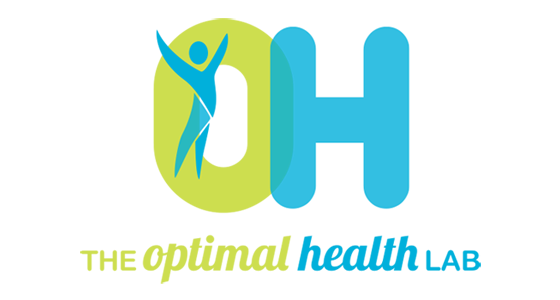Hip osteoarthritis is a condition characterized by the progressive deterioration of the hip joint's cartilage, which in turn leads to pain, stiffness, and reduced mobility. As one of the most common forms of arthritis, hip osteoarthritis primarily affects the hip joint's ball-and-socket structure, where the cartilage covering the bones gets thinner over time. This loss of cartilage results in stiffness between the bones during movement, causing discomfort and inflammation.
The onset of hip osteoarthritis is often associated with factors such as aging, genetic predisposition, obesity and/or other osteoarthritic joint injuries. Symptoms typically include pain in the glutes, front hip or groin area, but there can also be stiffness in trying to cross legs and a limited range of motion in getting to your socks. As the condition progresses, daily activities like walking, climbing stairs, and getting up from a seated position become increasingly challenging.
Diagnosis of hip osteoarthritis involves a combination of medical history, physical examination of the hip joint (and associated joints), and imaging studies, such as X-rays, to assess the story of your joint.
While there is no cure for hip osteoarthritis, various management strategies aim to alleviate symptoms and improve quality of life, and your physiotherapist has a large toolkit of strategies to trial with you. Manual therapy, some routine over the counter pain relief and diet modifications helping with weight management are all evidence-based, however exercise (in its many forms) has been found to be the gold standard approach to include in managing hip arthritis of any stage. Your physiotherapist will work with you to tailor a plan to include the most practical options for you.
There are many practical lifestyle management strategies presented in the GLA: D program (Good Life Arthritis: Denmark), which we run at the Optimal Health Lab. Partaking in a formal program, such as the GLAD program, is highly recommended in the early stages of hip OA. Why? Wonderfully, the principles in this program can be used as both a management technique as well as a pre-habilitation technique if surgery has been recommended. If you cannot commit to a program or the timing of our program does not suit you, our physiotherapy team can still offer you the education and exercise programming in a 1:1 situation.
